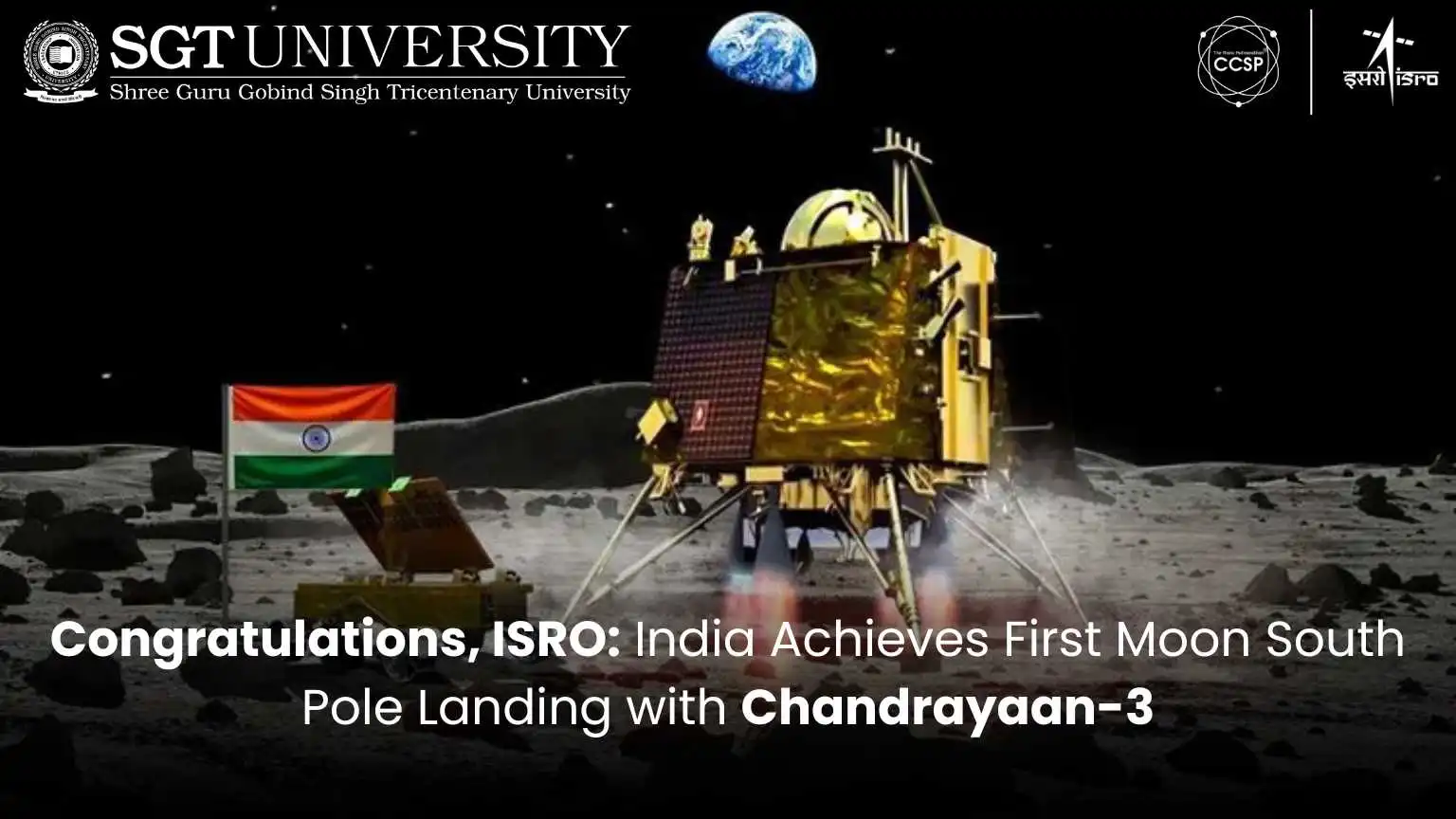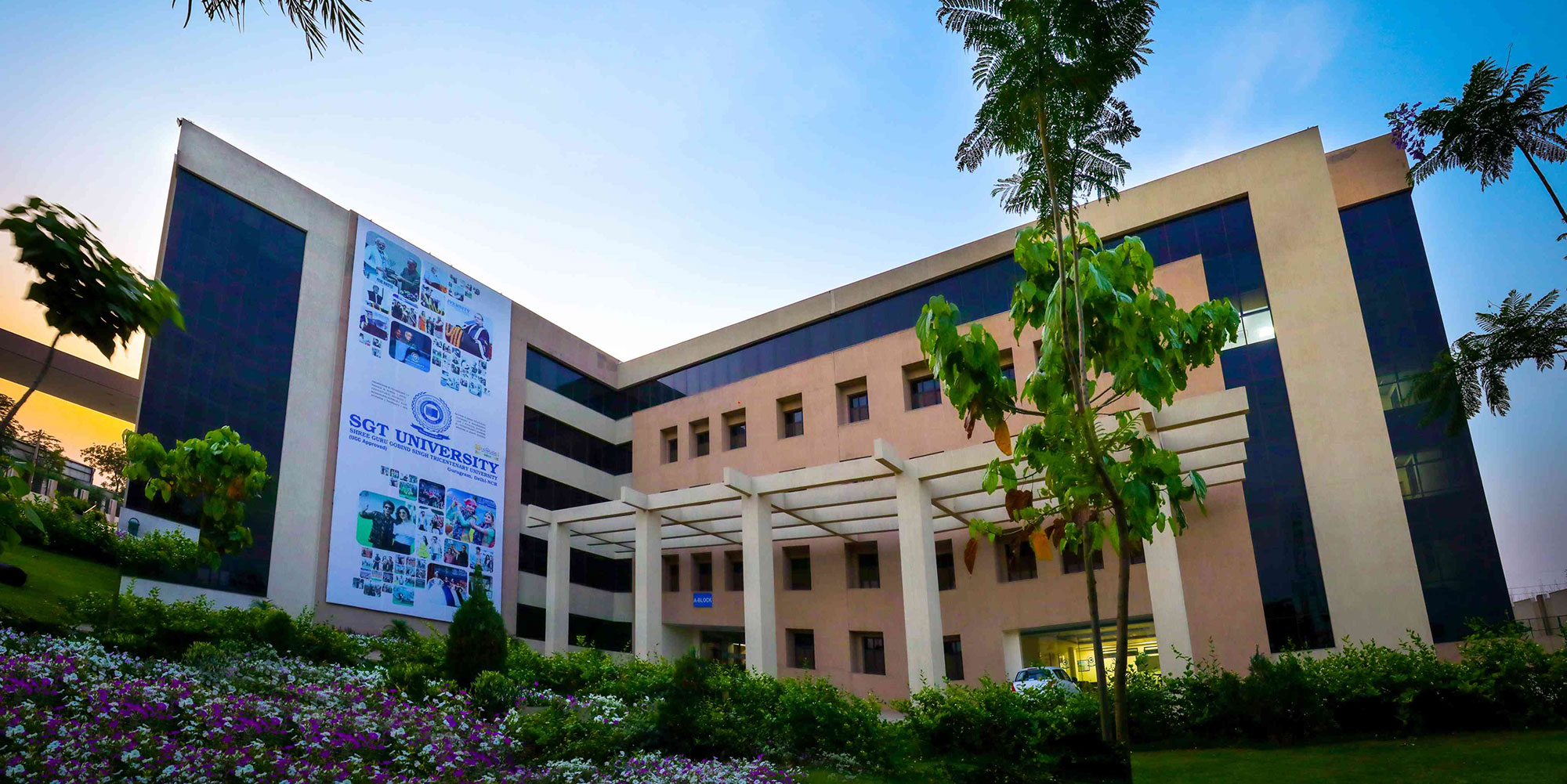Indian spacecraft, named Chandrayaan-3, successfully landed near the Moon’s South Pole, making India the first country to achieve this feat. Overall, India is the fourth country to achieve a controlled landing on the Moon.
Chandrayaan-3 accomplished this feat after a previous unsuccessful attempt in 2019 with Chandrayaan-2.
This is a huge achievement for India. Speaking about this achievement, Cosmologist Tarun Souradeep, who leads the Raman Research Institute in Bengaluru, India, said that this achievement is a strong affirmation of India’s growing global reputation in science and technology.
It will encourage Indian scientists to actively participate in the ongoing global pursuit of scientific and technological endeavors on the Moon.
The Indian Space Research Organisation (ISRO) established a communication link with the lander and shared images of the rover’s ramp deploying on the lunar surface.
According to ISRO chairman S. Somanath, the successful landing of India’s Chandrayaan-3 mission boosts India’s confidence in planning future missions to the Moon, Mars, Venus, and even asteroids.
About the Mission
Chandrayaan-3, India’s third lunar mission, was launched on 14 July. It carried a 3.9-tonne spacecraft with a 1.75-tonne landing module named Vikram and a six-wheeled robotic rover called Pragyan. Pragyan will explore the landing site for one lunar day, which is equivalent to 14 Earth days.
Chandrayaan-3 follows India’s 2019 mission. The earlier one put an orbiter in space with eight instruments. However, the lander carrying the Moon rover crashed during the landing.
ISRO learned from that mistake and made changes to the lander-rover part of the mission. These changes include a new laser sensor to measure the spacecraft’s velocity in real-time, algorithms to handle unexpected changes in propulsion or trajectory and improved judgment of landing terrain.
The mission also set a larger landing area of 4 km by 2.4 km compared to the previous 0.5 km by 0.5 km area.
Why it matters?
The Moon’s south pole has attracted attention due to the possibility of water ice and the valuable information the nearby craters could provide about the early Solar System.
Many missions are planned for this region, but the recent crash of Russia’s Luna 25 spacecraft highlights the challenges of successful lunar landings.
Only China’s Chang’e missions, along with the United States and the Soviet Union in the past, have achieved successful lunar landings.
What does the Future Hold?
Chandrayaan-3’s success paves the way for more space explorations, attracting global investments and encouraging collaboration across India’s academic and research sectors, including institutions like CCSP at SGT University one of the best private university in Delhi NCR.
Chandrayaan-3 success is just the beginning. ISRO’s upcoming major mission to study the Sun is scheduled to launch in early September.
About CCSP at SGT University
The Thanu Padmanabhan Centre for Cosmology and Science Popularization (CCSP) is an autonomous center of excellence dedicated to conducting research on cutting-edge cosmological topics and promoting the understanding of science among the general public.
The center aims to foster a scientific temper within the community and boasts a robust network of research collaborations, both nationally and internationally.
CCSP at SGT University actively organizes events and activities related to cosmology and science popularization, including conferences, as well as the use of mobile planetariums and telescopes.
CCSP is headed by Dr. Mohammed Sami, a prominent Indian theoretical physicist, ranked among the Top 2% of Scientists in the World by Stanford.
To learn more about how CCSP contributes to the advancement of space research and exploration, visit CCSP’s website. http://ccspsgt.science/


